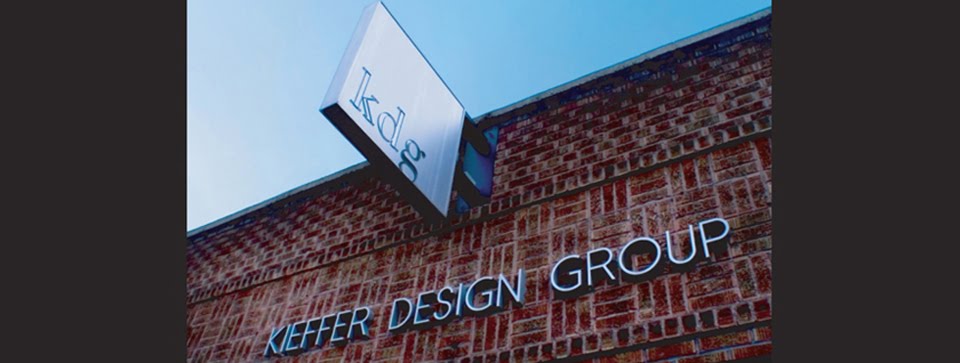 In the ASID webinar, “Don’t Get Lost in a Sea of ‘Green’”, Victoria Schomer discusses the impacts we may inflict with our everyday decisions. Unknowingly, you may be using a cosmetic line that breeds horses specifically for a hormone additive that never get to reach age one.
In the ASID webinar, “Don’t Get Lost in a Sea of ‘Green’”, Victoria Schomer discusses the impacts we may inflict with our everyday decisions. Unknowingly, you may be using a cosmetic line that breeds horses specifically for a hormone additive that never get to reach age one.Similar effects can happen with the choices made on building materials. Fortunately, there are a variety of certification systems out there to assist you in choosing the right material. For wood products like flooring be sure to choose items with the Forest Stewardship Council (FSC) label. As EcoTimber flooring explains:
The only forest certification system that enjoys the support of environmental groupsBy choosing FSC, you support companies like EcoTimber who take sustainability to heart at every step. Bolivia, a country that had been suffering from massive deforestation, became the site of one of EcoTimber’s factories for their exotic flooring line. Instead of following suit and becoming part of the problem, EcoTimber purchased 24,000 acres of forest to convert to sustainable forestry practices, and then worked with eight other indigenous groups to get a total of 148,000 acres under one certification. And if demand surpasses supply EcoTimber will state they are out of stock, rather than, quickly sourcing elsewhere. To read more: http://www.healthyhome.com/files/Documents/ForestDream-Bolivia-090908.pdfworldwide is that of the Forest Stewardship Council (FSC), which is independent, non-profit, and has a mechanism for tracking wood from the forest to the consumer. The U.S. Green Building Council only recognizes FSC certification as evidence of the sustainability of a wood product. If you want verification that the wood you are purchasing came from a truly well-managed forest, demand FSC-certified material, and demand proper documentation. PLEASE NOTE: the fact that a company has FSC certification does not mean that what is being sold is FSC-certified. Many companies that have FSC "Chain of Custody" (COC) certification, which gives them the right to buy and sell FSC-certified wood, don't sell much FSC-certified wood at all. This is particularly the case in the wood flooring industry.
Most FSC-certified wood products have on-product FSC labels. If you are purchasing what you believe is FSC-certified wood but there are no FSC logos on the product packaging, it most likely is not certified, no matter what the rest of the information provided by the manufacturer or supplier might indicate. Some companies will even use the FSC logo on product samples, but ship uncertified material to fill your order. To verify the FSC-certified status of a wood product that does not bare the FSC logo, demand not only the supplier's COC certificate, but also an invoice or receipt detailing the FSC-certified status of each product on an individual line-item basis. If the invoice's line-item doesn't say "FSC-certified," the material is not certified.
By choosing FSC, you ensure the Triple Bottom Line. There are other certification systems but none as stringent as FSC which is not ruled by the timber industry or other interested parties. The Sustainable Forestry Initiative (SFI), while taking new strides to improve its system has been known for the following:For more information on SFI, visit credibleforestcertification.org
- Funded and dominated by the timber industry
- Weak environmental protections
- Allows conversion of natural forests (including old-growth) into tree farms
- No credible Chain of Custody to keep out illegal wood
 EcoTimber is a shining example of what to look for but there are many companies out there with the same goals and processes. So look for the FSC label, ask for the COC certificate, and research the companies philosophy.
EcoTimber is a shining example of what to look for but there are many companies out there with the same goals and processes. So look for the FSC label, ask for the COC certificate, and research the companies philosophy.





No comments:
Post a Comment